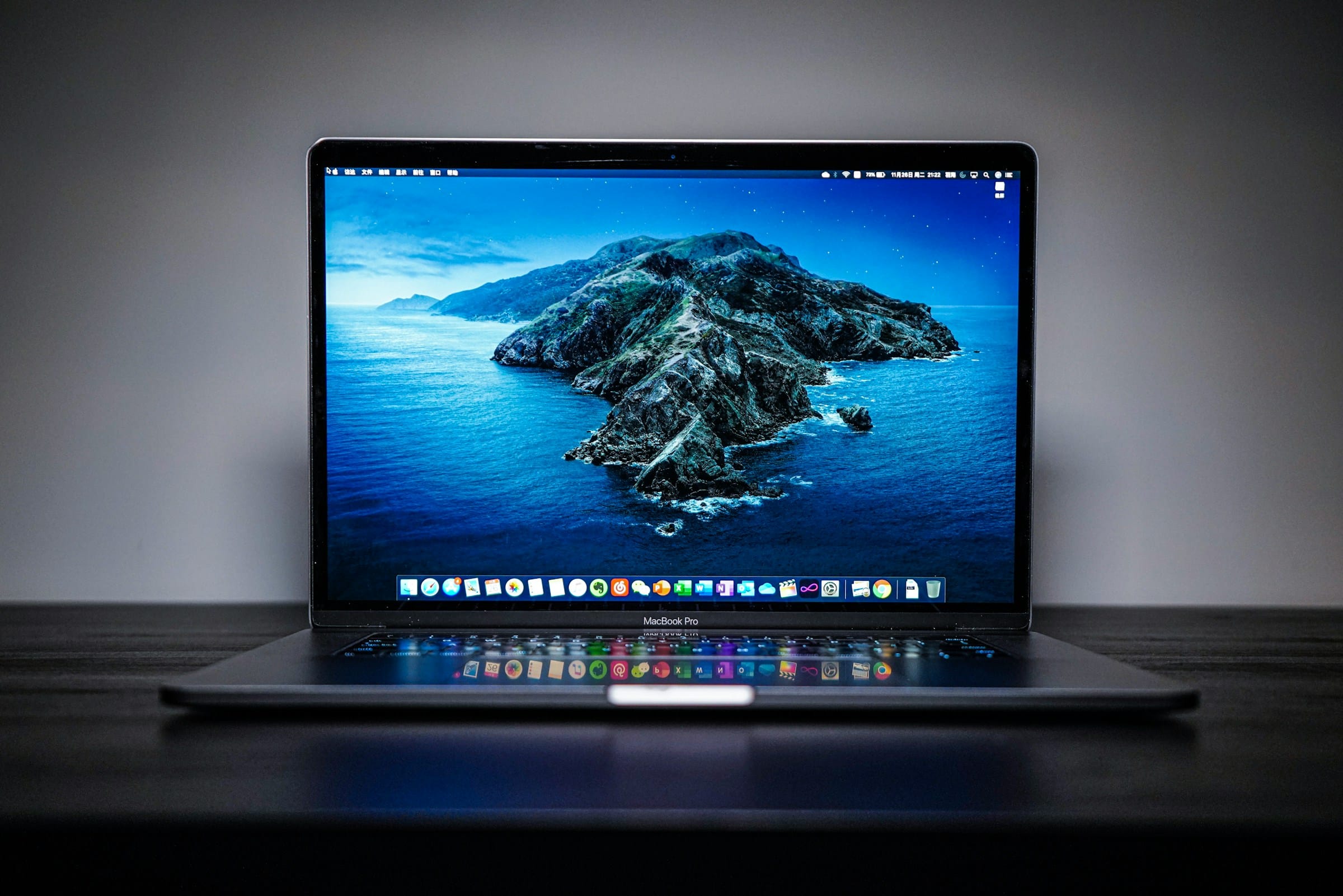Setting up a dual-boot system on your Dell Inspiron 5000 series laptop is an excellent way to enjoy the best of both worlds by running Windows and Linux operating systems on the same computer. This setup allows you to leverage the productivity and gaming capabilities of Windows alongside the versatile and developer-friendly environment of Linux. This guide will walk you through the detailed steps required to install a dual-boot system with Windows and Ubuntu, ensuring you can switch seamlessly between the two OSes.
Preparing Your Dell Inspiron for Dual Boot
Before diving into the installation process, it’s crucial to prepare your Dell Inspiron laptop to ensure a smooth dual-boot setup. This involves creating a backup, updating the BIOS, and preparing the necessary USB drive.
A lire aussi : What are the key considerations for setting up a home theater system with a Sony Bravia and a soundbar?
Firstly, back up all your important files. Dual-booting requires partitioning your hard drive, which can sometimes lead to data loss. Use an external drive or cloud storage service to safeguard your data.
Next, update your Dell BIOS to the latest version available. BIOS updates often include important fixes and enhanced compatibility for newer operating systems. Visit the official Dell website to download the latest BIOS update for the Inspiron 5000 series.
Sujet a lire : What are the steps to configure a secure guest network using a Ubiquiti UniFi Access Point?
After updating the BIOS, you’ll need to disable Secure Boot. Secure Boot is a feature designed to prevent unauthorized software from running during the startup process, but it can interfere with installing Linux distributions. To disable Secure Boot, restart your computer and press F2 to enter the BIOS setup. Navigate to the Boot tab and set Secure Boot to ‘Disabled’. Save and exit the BIOS setup.
Finally, prepare a bootable USB drive with the Ubuntu installation files. Download the latest version of Ubuntu from the official website and use software like Rufus to create a bootable USB drive.
Installing Ubuntu alongside Windows
Once your Dell Inspiron is properly prepared, you can proceed to install Ubuntu alongside Windows. This involves partitioning your hard drive and performing the Ubuntu installation.
Restart your Dell Inspiron and press F12 to access the Boot Menu. Select the USB drive containing the Ubuntu install files and press Enter. The Ubuntu installation window will appear, offering several options. Click ‘Install Ubuntu’.
During the installation, you will be prompted to select your keyboard layout. Choose the appropriate layout for your region and language, then click ‘Continue’. Next, you will see the ‘Installation type’ window. Select ‘Install Ubuntu alongside Windows Boot Manager’. This ensures that Ubuntu and Windows will coexist on the same computer.
The installer will automatically create the necessary partitions for Ubuntu. You will need at least 25GB of free space on your hard drive for a smooth installation. After confirming the partitioning, click ‘Install Now’. Review the changes and click ‘Continue’ to proceed with the installation.
You will be prompted to select your time zone. Pick your location from the map and click ‘Continue’. Next, create a user account by entering your name, computer name, username, and password. Click ‘Continue’ to proceed.
The installation process will take several minutes. Once it is complete, remove the USB drive and reboot your laptop. You will now see the GRUB bootloader, allowing you to choose between Windows and Ubuntu at startup.
Configuring the Dual-Boot System
After successfully installing Ubuntu alongside Windows, you’ll need to configure your dual-boot system to optimize the user experience. This includes setting default boot options, updating drivers, and installing essential software.
When you boot up your Dell Inspiron, the GRUB bootloader will appear, presenting you with options to select either Ubuntu or Windows. To set your preferred operating system as the default, you can modify the GRUB configuration file. Open a terminal in Ubuntu and enter the following command:
sudo nano /etc/default/grub
Look for the line GRUB_DEFAULT=0. Change the number to the position of the operating system you want to set as default. For example, if Windows is the second entry, change it to GRUB_DEFAULT=1. Save the file and run sudo update-grub to apply the changes.
Updating drivers is crucial for optimal performance. Both Windows and Ubuntu have different hardware requirements and driver support. Ensure that all drivers are up-to-date by using the Windows Update feature and the Additional Drivers tool in Ubuntu.
Install essential software for both operating systems. In Windows, you might want to install productivity tools like Microsoft Office or Adobe Creative Suite. In Ubuntu, you can use the Ubuntu Software Center to install applications like LibreOffice, GIMP, and VS Code.
Troubleshooting Common Issues
Setting up a dual-boot system can sometimes lead to unexpected issues. Here are some common problems and their solutions to ensure your Dell Inspiron runs smoothly with both Windows and Ubuntu.
One common issue is the GRUB bootloader not appearing at startup. This can be caused by the boot order in BIOS. Restart your laptop and enter the BIOS setup by pressing F2. Navigate to the Boot tab and ensure that the ‘Boot Mode’ is set to UEFI and that the boot order lists Ubuntu as the first option. Save and exit the BIOS.
Another issue could be network connectivity problems in Ubuntu. This can be resolved by installing the necessary drivers. Open a terminal and run the following commands to update your system:
sudo apt update
sudo apt upgrade
Then, install the network drivers using the Additional Drivers tool in Ubuntu.
If you encounter performance issues, consider adjusting the power management settings. In Ubuntu, you can use tools like TLP to optimize battery life and overall performance. In Windows, use the Power Options settings to switch between different power plans.
Maintaining and Updating Your Dual-Boot System
Maintaining your dual-boot system is crucial for ensuring long-term stability and performance. This involves regularly updating both operating systems, performing routine maintenance tasks, and keeping backups of important data.
Both Windows and Ubuntu release regular updates that include security patches, new features, and performance improvements. Make it a habit to check for and install updates regularly. In Windows, use the Windows Update feature to keep your system up-to-date. In Ubuntu, you can use the Software Updater tool to install the latest updates.
Perform routine maintenance tasks such as disk cleanup, defragmentation, and checking for malware. In Windows, use tools like Disk Cleanup and Windows Defender. In Ubuntu, tools like BleachBit can help you clean up unnecessary files and free up space.
Backup your data regularly to prevent data loss. Use external drives or cloud storage services to create backups of important files. Consider using tools like Timeshift in Ubuntu to create system snapshots for easy recovery in case of system issues.
Setting up a dual-boot system with Windows and Linux on a Dell Inspiron 5000 series laptop offers the flexibility to enjoy the advantages of both operating systems. By following this guide, you can successfully install Ubuntu alongside Windows, configure your system for optimal performance, and troubleshoot common issues that may arise. Regular maintenance and updates will ensure that your dual-boot setup remains stable and performs well over time. Embrace the versatility of a dual-boot system and unlock the full potential of your Dell Inspiron laptop.






